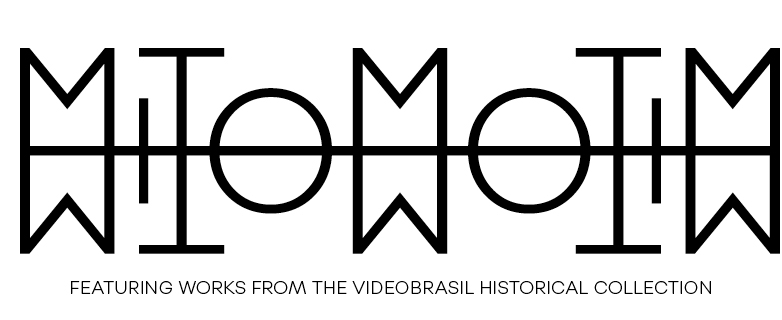Stemming from a detailed research in the Videobrasil Historical Collection, the MitoMotim exhibition is curated by Júlia Rebouças and seeks to reflect on the allegorical representation of the national identity and art’s ability to go against the established orders
The curator resorts to the ideas of myth and mutiny, articulated as a palindrome in the exhibition’s title, to discuss the ways and possibilities of insurgency in face of scenarios of social instabilities, and to reflect on Brazil in its present moment. From the two-way reading, it is as if the idea of a mutiny in art, or through it, were challenged as a mythology, while proposing a mutiny against myths, or the deconstruction of our country ideals.
According to the curator, “given the exhibition’s political and situational context, I decided to use mutiny as a theme that can also be thought of as a methodology for the project, in the sense of using the elements and resources at hand to reflect on gestures of resistance through art. As a response to the research in the Collection, I found several of works that approach Brazil, with its complex social fabric in its multiple identity cleavages. Although this relationship between myth and mutiny originates from a poetic gesture, the works show that the insubordination associated with the need to reconstruct our social and political foundations, as Brazilians, also makes sense.”
The selection of works from the Videobrasil Historical Collection consists of videos of the artists Cristiano Lenhardt, Frente 3 de Fevereiro, Graziela Kunsch, Luiz Roque, Rosângela Rennó, Sandra Kogut, TV Viva, from Olinda, shows from the pirate TV 3 Antena, one episode from the A Revolução Não Será Televisionada project, in addition to the 1983 film Abra a jaula, by Edson Jorge Elito, Goffredo Telles Neto and Uzyna Uzona.
Related to these works, there are also specific pieces by the invited artists Artur Barrio, Marilá Dardot, Randolpho Lamonier, Rivane Neuenschwander, Sara Ramo and Traplev, which dialogue with the works selected from the Videobrasil Historical Collection.
During the exhibition period, Videobrasil will hold a public program from May 15 to 19 (learn more).
The exhibition and all related events are free of charge.
The Videobrasil Historical Collection
Throughout its history, started in 1983, Associação Cultural Videobrasil brought together an important collection comprised mainly of video pieces, but also of the most diverse records and works that look at the broad and ambiguous contemporary context of the geopolitical South.
A universe in constant growth and transformation, the Videobrasil Historical Collection’s main characteristic is to be a living archive, open to research and artistic experiments. Its database was transformed into a Video Library comprising approximately 1,300 works including videos, video installations and performance records, and provided material for the production of seven documentaries of the Videobrasil Authors Collection series.
